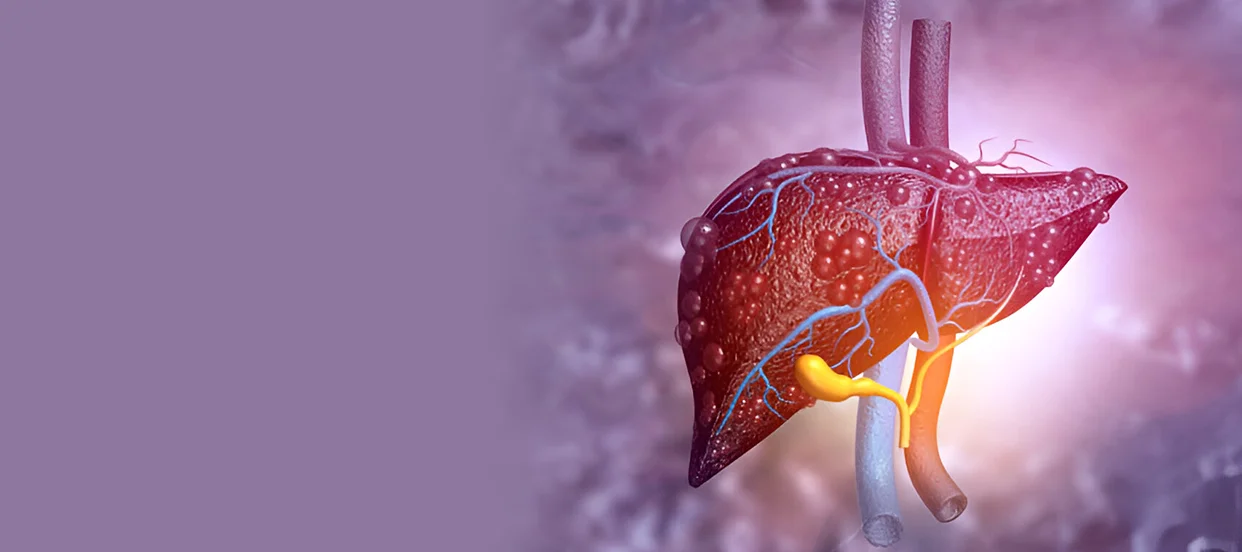
Fatty liver disease is growing widespread, particularly for individuals who do not have physically active lifestyles and have poor diet. This health condition can remain silent in its early stages but could eventually bring about critical problems with the liver if not tackled.
Fatty liver, or hepatic steatosis, happens when excess fat accumulates in the liver. Your liver should normally have some fat, but if over 5–10% of its weight consists of fat, it's a problem. Fatty liver can disrupt the function of the liver and cause inflammation, scarring, or even liver failure in extreme cases.
There are two main forms of fatty liver disease:
The more prevalent one nowadays is non-alcoholic fatty liver disease, particularly in individuals with obesity, diabetes, or elevated cholesterol.
There is not a single cause, but multiple contributing factors for fatty liver. The most frequent causes of fatty liver are:
In most instances, fatty liver signs are symptomless, particularly in the initial stages. You may not realize you have it unless it appears on a blood test or imaging study. However, as the disease advances, some individuals will develop:
If fatty liver becomes severe, it may progress to non-alcoholic steatohepatitis (NASH), which involves inflammation and liver injury, and ultimately cause liver cirrhosis or liver cancer.
Physicians usually find fatty liver during a regular checkup. Routine tests that are commonly used include:
A term that you will hear very often is fatty liver grade 1, which describes a mild condition where fat accumulation happens but there is no serious damage or inflammation. It's the time to act and reverse it.
Fatty liver can indeed be reversed, particularly in its early stages. Here are the easy and surefire ways of improving your liver function:
1. Lose Weight Gradually
Even shedding off 5–10% of your body weight can make an immense difference when it comes to lowering liver fat. But take care not to lose weight by following crash diets or rapid weight loss, which may aggravate liver issues.
2. Follow a Fatty Liver Diet
A healthy fatty liver diet emphasizes:
This type of diet is conducive to weight loss and increases insulin sensitivity, both of which decrease liver fat.
3. Exercise Daily
Do at least 30 minutes of moderate exercise (such as brisk walking or cycling) each day, 5 days a week. Exercise burns fat and enhances your liver's function.
4. Control Blood Sugar and Cholesterol
Maintain your blood sugar and lipid levels by taking medication (if ordered), having a balanced diet, and exercising. This will minimize fat accumulation in the liver.
5. Don't Drink Alcohol
Even if you don't have alcoholic fatty liver disease, reducing or abstaining from alcohol can relieve your liver and help it recover.
6. Drink Plenty of Water
Drinking lots of water helps maintain overall liver health and aids in removing toxins from your body.
There is no pill to fix fatty liver, but physicians treat the conditions that cause it. Medical treatment can involve:
You should always see a liver specialist or gastroenterologist for an individualized treatment plan. If the disease is detected early, lifestyle modification is usually sufficient to reverse it entirely.
The time to recover varies with how far along the fatty liver is and how dedicated you are to diet and exercise. Individuals with grade 1 fatty liver who adhere to a strict diet and exercise regimen can begin noticing changes in a few weeks to a few months. In more severe cases such as grade 2 or 3, it could take longer, and reversal might not be possible if there is already scarring.
Consistency is the mantra. Frequent follow-ups and checks are required to monitor your liver's recuperation.
Yes, in most cases, a cure for fatty liver is possible—particularly in the initial stages. By leading a healthy lifestyle, staying away from alcohol, reducing excess weight, and controlling other medical conditions, you can provide your liver an opportunity to mend itself.
But if the condition advances to NASH or cirrhosis, the damage can be irreversible, though symptoms and complications can still be controlled with good care.
Fatty liver disease may sound daunting, but you don't have to let it take over. With the right actions, not only can you prevent it from worsening, but even reverse fatty liver and reclaim your liver's health. Begin with small modifications—eat more healthily, exercise more, and drink less. Gradually, these lifestyles will make a huge impact.
If you’ve been diagnosed with non-alcoholic fatty liver disease, don’t ignore it. Talk to your doctor about a plan to improve your liver function and reduce the risk of long-term complications.